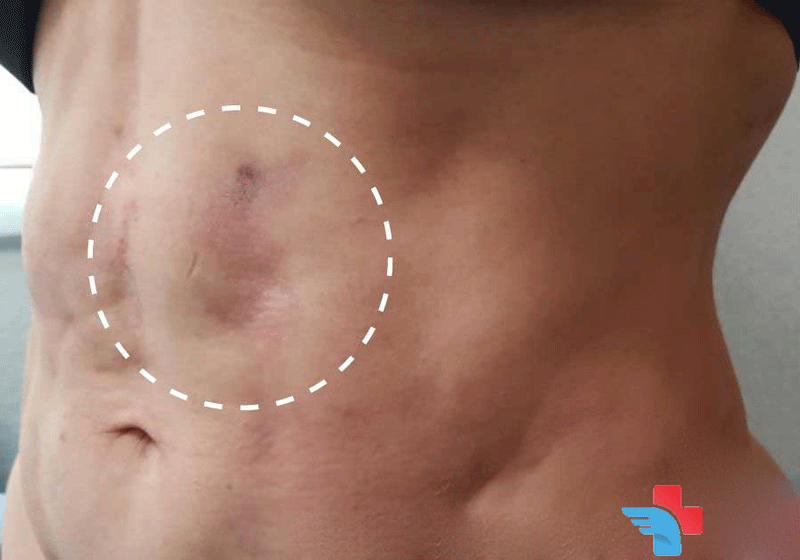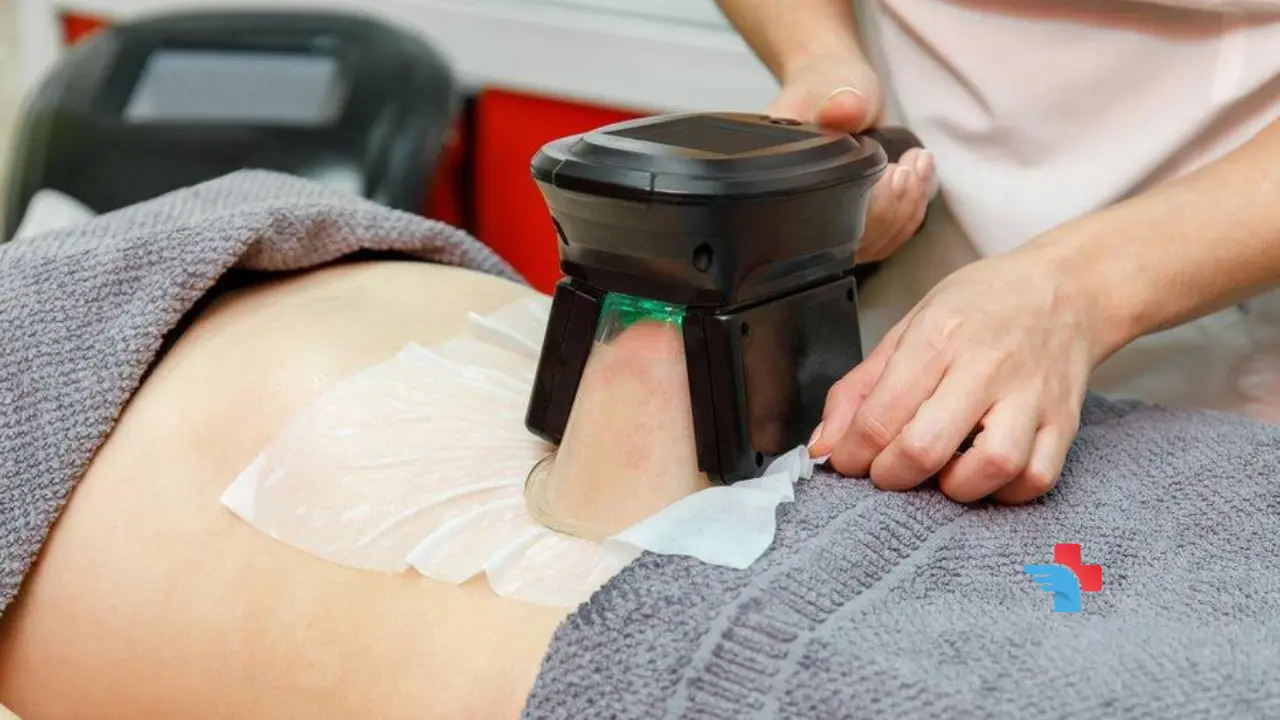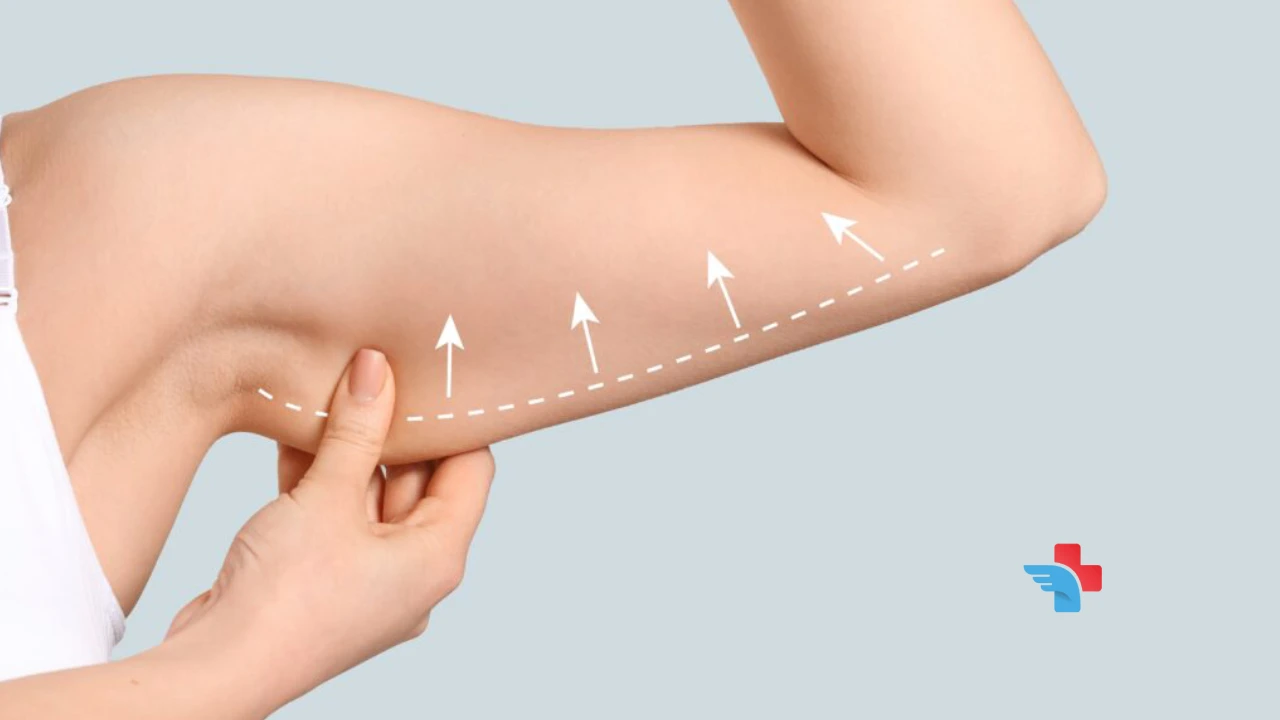How to Get Rid of Fibrosis
Fibrosis is considered to be the most common effect of a lot of surgeries that people face today.
Sometimes, patients notice fibrosis within a few weeks after the procedure, and sometimes they appear and become noticeable even faster. It differs from body to body and individual to individual as we are not
exact.
If fibrosis happens, you will notice limbs right on your scar tissue, and the area may even feel hard and thick. This situation also accompanies pain. So if you are worried and want to reduce the risk of getting fibrosis after lipo, glue your eyes to the screen and read till the end until we highlight specific facts about the process.
What is fibrosis?
Before we go deeper to understand more about fibrosis after lipo, let us know what fibrosis is first.
Fibrosis is a kind of abnormal healing involving the overproduction of fibroblasts responsible for connecting tissue cells found inside your body. Fibrosis results in scarring in bands of tissues that relate to the surrounding tissues and even leads to your skin getting harder under the surface of your skin.
It is a wound that will heal after your surgeon makes an incision. In the initial stages, you will experience coagulation along with inflammation. It can last for some minutes or even days. Later comes skin cell proliferation and remodeling that will last for days, weeks, or even longer than you expect.
Keep in mind that this can often result in the accumulation of excess fibrous tissues that can later cause severe pain and even harm the proper functioning of your body. So, we can say that fibrosis is simply a skin condition that involves a series of skin imperfections that are observable after the lipo procedure.
The main concern comes for those with this issue regarding how to get rid of fibrosis after lipo. Please read the following to know about this concern, as it can be the answer to your question.
How can you get rid of fibrosis after lipo?
Now that you know all about fibrosis, the main concern is how to get rid of it after lipo.
Remember that the more tissue manipulated, the higher the risk of developing fibrosis. Depending on your needs, your surgeon will use the best techniques during surgery to avoid fibrosis.
You should start a postoperative MLD session as soon as possible to reduce the risk of fibrosis or seroma. In addition, they enhance blood circulation, strengthen the immune system, drain accumulated water and waste products, and improve the appearance of the skin.
There are no medicines to prevent, prevent, or cure fibrosis. However, vitamins like A and C can help reduce the risk of fibrosis.
Vitamin A
- Promotes healing
- Regulates the metabolism of cell regeneration in the stratum corneum, the outer layer of the skin.
- Improves (relaxes) skin quality.
- Promotes collagen synthesis
Vitamin C
Vitamin C is highly required for tissue growth. It has the potential to repair all body parts. It forms essential proteins to construct skin, tendons, ligaments, and blood vessels. It heals wounds and forms scar tissue. Repairs and maintains cartilage, bones, and teeth. The last word
Although it may not be possible to eliminate lip fibrosis (depending on age, skin quality, surgical outcome, etc.), use MLD and various devices to reduce pain and other symptoms.
How to Prevent Fibrosis After Lipo
The most important way to prevent and get rid of fibrosis after a lipo procedure is to follow your plastic surgeon’s instructions carefully. Although you can expect some swelling, you must manage it correctly so that it does not become excessive and lead to chronic inflammation and fibrotic scarring.
One critical factor in preventing fibrosis after lipo is wearing your compression garments correctly and ensuring they fit perfectly. This should minimize swelling and prevent considerable fluid accumulation in the treatment area.
Many patients find that lymphatic massage after liposuction helps reduce bruising and softens scar tissue. Self-grooming techniques such as drive lashing can also help.
An important finding is that prevention is the key to preventing fibrosis. If you do liposuction, you should start the massage sessions as soon as possible. The reason it is so important is that collagen is still flexible.
Think of collagen as a wet cement immediately after liposuction. You surely don’t want to wait for it to dry and harden before taking action. Massage may still be helpful for months after developing fibrosis in liposuction patients, but early action will improve results.
So:
Follow your doctor’s post-op instructions: Your doctor will provide you with specific instructions to follow after your liposuction procedure. These instructions may include wearing compression garments, avoiding strenuous activities, and keeping the treated area clean and dry.
Get post-liposuction massages: Massages can help reduce swelling and inflammation after liposuction, which can help prevent fibrosis. It’s recommended to get at least 12 post-liposuction massages after your surgery.
Use a real cellulite cream: A cellulite cream with multiple relevant high-purity actives in high concentrations can help prevent and reduce fibrosis.
Avoid inflammatory foods: Avoiding inflammatory foods like sugar, salt, and alcohol can help prevent the formation of fibrosis after plastic surgery in Iran.
If you have undergone lipo and notice fibrosis, start thinking of ways to get rid of it as soon as possible.







